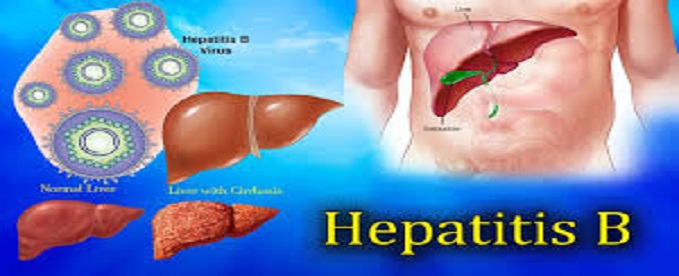The World Health Organization (WHO) has raised an alarm about the escalating threat posed by viral hepatitis, revealing that the disease is claiming 3,500 lives every day worldwide.
In its recently published 2024 Global Hepatitis Report unveiled at the World Hepatitis Summit, WHO noted the grim reality of viral hepatitis as the second leading infectious cause of death globally, responsible for 1.3 million deaths annually—equivalent to tuberculosis, another top infectious killer.
The report indicates a rise in deaths from viral hepatitis from 1.1 million in 2019 to 1.3 million in 2022. Hepatitis B alone accounts for a striking 83 percent of these deaths, with hepatitis C contributing to the remaining 17 percent. Each day, thousands fall victim to these infections, underlining the urgent need for immediate action.
WHO Director-General, Tedros Adhanom Ghebreyesus, expressed grave concern over this alarming trend, attributing the surge in deaths to insufficient diagnosis and treatment. He emphasized WHO’s unwavering commitment to supporting countries in leveraging affordable tools to effectively combat the epidemic.
Despite notable advancements in diagnosis and treatment tools, testing and treatment coverage rates have stagnated, perpetuating viral hepatitis as a significant global health crisis. The burden of the disease disproportionately affects individuals aged 30-54, with men comprising the majority of cases.
While preventive measures like immunization and safe injections have led to a slight decline in new incidence rates, the overall incidence of viral hepatitis remains stubbornly high. In 2022 alone, there were 2.2 million new infections, with over 6,000 people newly infected every day.



